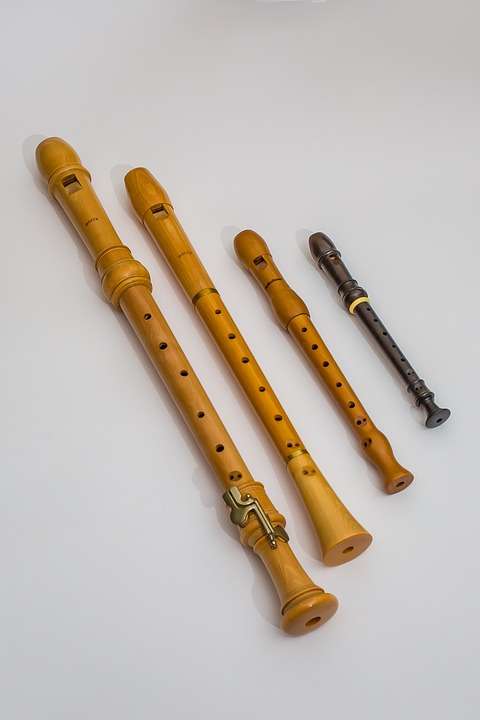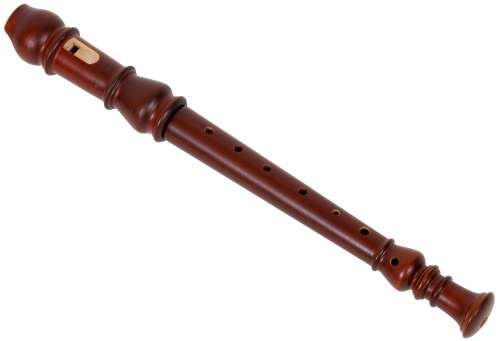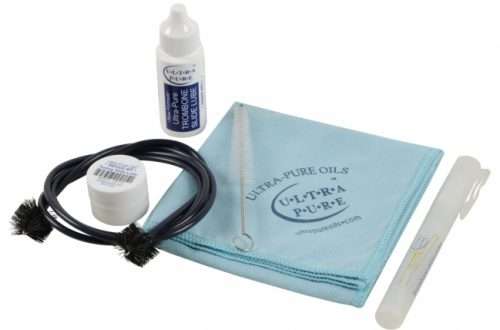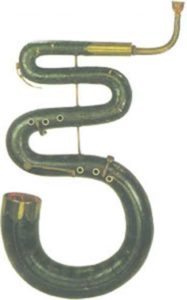
Recorder from scratch (part 1)
 The recorder, next to bells, i.e. popular cymbals, is one of the most frequently used musical instruments in common primary schools. Its popularity is mainly due to three reasons: it is small, easy to use and the cost of such a budget school instrument does not exceed PLN 50. It comes from a folk pipe and has a similar design. It is played by blowing into the mouthpiece, which is connected to the body in which holes are drilled. We close these holes and open them with our fingers, thus bringing out a specific pitch.
The recorder, next to bells, i.e. popular cymbals, is one of the most frequently used musical instruments in common primary schools. Its popularity is mainly due to three reasons: it is small, easy to use and the cost of such a budget school instrument does not exceed PLN 50. It comes from a folk pipe and has a similar design. It is played by blowing into the mouthpiece, which is connected to the body in which holes are drilled. We close these holes and open them with our fingers, thus bringing out a specific pitch.
Wooden or plastic
Flutes made of plastic or wood are most often available on the market. In most cases, the wooden ones are usually more expensive than the plastic ones, but at the same time have better sound quality. This sound is softer and therefore more pleasant to listen to. Plastic flutes, due to the material from which they were made, are more durable and more resistant to weather conditions. You can immerse such a plastic flute completely in a bowl of water, wash it thoroughly, dry it and it will work. For natural reasons, such a drastic cleaning of the wooden instrument is not recommended.
Classification of recorders
Recorder flutes can be divided into five standard sizes: – sopranino flute – sound range f2 to g4 – soprano flute – sound range c2 to d4
– alto flute – note range f1 to g3 – tenor flute – note range c1 to d3
– bass flute – range of sounds f to g2
One of the most popular and used is the soprano recorder in the C tuning. To na ni
m music lessons are most often conducted in primary schools in grades IV-VI.

Basics of playing the flute
Hold the upper part of the flute with your left hand, cover the hole on the back of the body with your thumb, and cover the holes on the front part of the body with your second, third and fourth fingers. The right hand, on the other hand, grasps the lower part of the instrument, the thumb goes to the rear part of the body as a support, while the second, third, fourth and fifth fingers cover the openings on the front part of the body. When we are clogged with all the holes then we will be able to get the sound C.
Embrace – or how to get a good sound?
The whole art of playing the flute lies in the blast. It depends on him whether we will bring out a clean, clear sound or just an uncontrolled squeak. First of all, we don’t blow too much, it should be a slight breeze. The recorder is a small instrument and you don’t need the same power as with other wind instruments. The mouthpiece of the instrument is gently placed in the mouth in such a way that it slightly rests against the lower lip, while the upper lip will slightly hold it. Do not blow air into the instrument as if you were putting out the candles on the birthday cake, just say the syllable “tuuu …”. This will allow you to smoothly introduce the air stream into the instrument, thanks to which you will get a clean, clear sound and you will not feel tired.
Flute sticks
In order to play a tune on the recorder, you will need to learn the right tricks. There are twenty-five of these most commonly used chords, but once you know the first basic eight chords that will make up the C major scale, you will be able to play simple melodies. As we have already established above, with all the openings closed, including the blocked opening on the back of the body, we can get the sound C. Now, revealing individual openings, going from the bottom up, we will be able to get the sounds D, E, F, G, A, H in turn. The upper C, on the other hand, is obtained by covering only the second opening from the top, remembering that the opening on the rear part of the body is to be covered with your thumb. This way, we can play the full scale of C major, and if we practice it, we can play our first melodies.

Summation
Learning to play the flute is not difficult, because the instrument itself is quite simple. Acquiring the tricks, especially the basic ones, should not be too difficult for you. The recorder can also be an interesting starting point to become interested in a more serious instrument such as the transverse flute. The main advantages of the recorder are its simple structure, small size, exceptionally simple and fast learning and relatively low price. Of course, if you really want to learn to play, do not buy the cheapest flutes available on the market for PLN 20. In the range of PLN 50-100, you can already buy a very good instrument that you should be satisfied with. I propose to start learning with this most popular soprano flute in the tuning of C.





